“Define these terms in your own words” may contain depth and complexity… but it’s neither deep nor complex!
All Of MyExamples
Page 2
Multiple Perspectives Gone Mad!!
Yes, I actually gave my students this question: “How could two experts’ 👓 perspectives regarding information from this reading selection differ from one another?” yikes.
Beyond “Describe How This Changed Over Time”
I want to go beyond just listing how a character changed. Let’s get students thinking about that change!
A Depth and Complexity ELA Worksheet with Problems
Here’s a Depth and Complexity worksheet I used to use with my students: I look at it now and shudder. I was making so many mistakes here. Let’s just zoom out and imagine that I asked the same questions at a book club with fellow adults. Me: What is this story’s main theme? Him: Oh, […]
Don’t Just List ⚖️ Ethical Issues
Here’s an example of a question I asked my students: ⚖️ What moral or ethical issues are raised in this book? What controversies exist? Now, the first problem is that this question is way too wordy. I often gave my class rough drafts of questions. Nowadays, I want to make sure to proofread, revise, and […]
Going Beyond “Identify a Story’s Problem”
My students were stuck telling me a story’s problem and solution. Let’s get thinking!
Improving “What’s The Chapter’s 🏛️ Big Idea?”
Here’s a Depth and Complexity question I found on an old worksheet: What title would you give this chapter? Explain why your title fits the chapter’s 🏛️ Big Idea. Sure, I’m using Depth and Complexity. But how am I asking students to think? Bloom’s Taxonomy is much more important than Depth and Complexity. (And it’s not […]
Fixing my “Think Like A Statistician” Frame
I used a Depth and Complexity Frame like this with my math students. Let’s look at how we could improve this. Some problems: It asks four unrelated questions. I want to build a sequence of questions that climbs Bloom’s Taxonomy. Most of the questions are naturally answered with “yes” or “no” or a list. Questions […]
Matching Flowers and Pollinators
How to add a couple of Analyze-level tasks to this Synthesize activity.
Don’t Just Paraphrase A Poem!
What if, instead, we re-wrote the poem in the style of a different poet?
